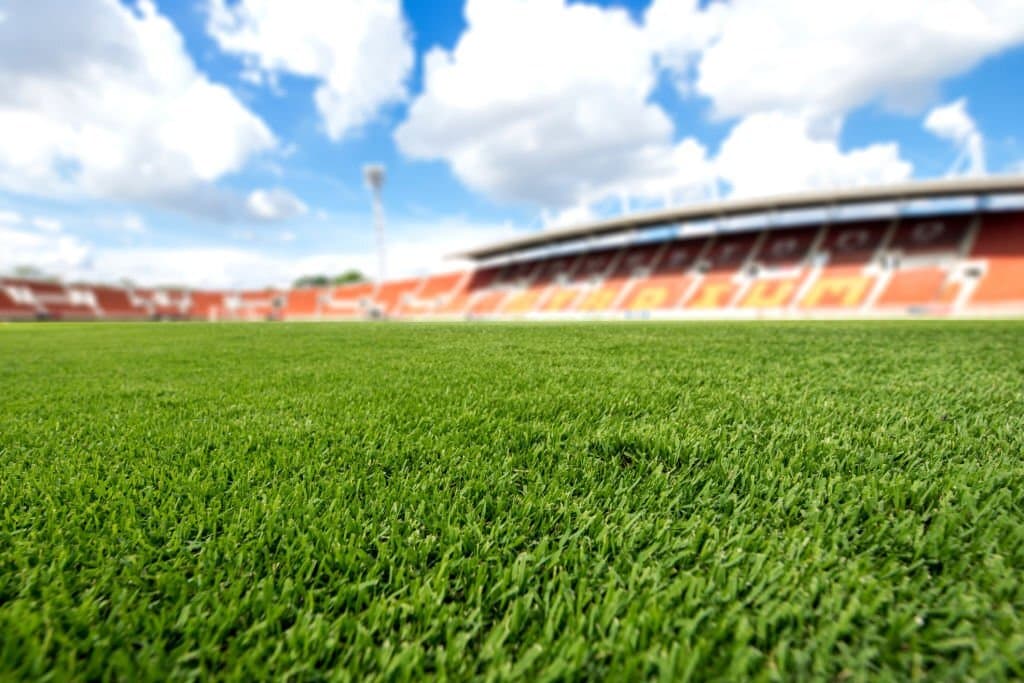630
How big is a soccer field? The size of the playing field can vary and depends on various factors.
How big is a soccer field in professional soccer?
The dimensions of a soccer field can vary depending on the competition and age group.
- A typical soccer field in professional sports is between 100 and 110 meters long and between 64 and 75 meters wide. These dimensions are internationally standardized and apply to all professional leagues worldwide.
- The international soccer association FIFA stipulates that the playing field for World Cup matches must be exactly 105 by 68 meters. These dimensions ensure fair play and equal conditions for all teams.
- In addition to the length and width, there are also standard dimensions for other field markings such as the penalty area, which is 16.5 meters from the goal line, and the center circle, which has a radius of 9.15 meters.
- The dimensions do not change depending on whether the field is used for men’s or women’s soccer. The same standards apply to both men and women.
What are the dimensions of the playing field in youth and amateur soccer?
Youth and amateur players often play on smaller fields.
- For younger players, especially those under the age of 12, smaller pitches are used to suit the children’s level of development and physical abilities. Typical dimensions are around 70 to 80 meters in length and 45 to 55 meters in width.
- For older teenagers, from around 13 years of age, the playing fields are gradually adapted to the standard adult sizes, allowing for a seamless transition to adult soccer.
- In amateur soccer, the sizes vary more, as the availability of space and resources plays a role. Local associations often decide on the exact dimensions based on the sports facilities available.
These markings are found on a soccer field
In addition to the basic dimensions of a soccer field, there are numerous other markings that play an important role.
- The penalty area is one of the most important areas on the pitch, measuring 16.5 meters from the goal toward the center of the pitch. According to soccer rules, goalkeepers are allowed to touch the ball with their hands within this area.
- The center of the field is marked by a circle with a radius of 9.15 meters. This area is used for kickoffs and after goals to ensure that the opposing team maintains the correct distance.
- At the corners of the field, there are quarter-circle markings with a radius of one meter. These help players to take corner kicks correctly.
- There are also lines that divide the field in half and mark the goal area, which is 5.5 meters deep and also important for the goalkeeper, as special rules apply here regarding goal defense.
These are the requirements for the turf of a playing field
Not only the size of the playing field, but also the condition of the surface influences the game.
- The turf of a soccer field should be even and well maintained to prevent injuries and ensure fair play. A height of around 25 to 30 millimeters is considered optimal for official games.
- Artificial turf pitches are becoming increasingly important, especially in regions with extreme weather conditions. They provide a consistent playing surface regardless of the season.
- Turf heating systems are installed in many modern stadiums to keep the surface playable even in cold weather. This is particularly important in leagues with winter seasons.

